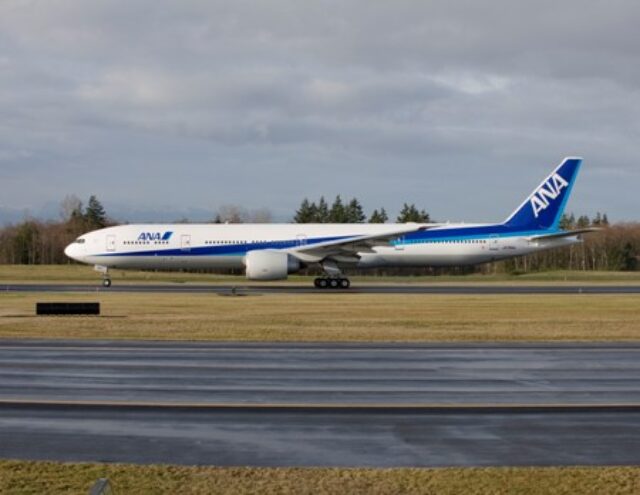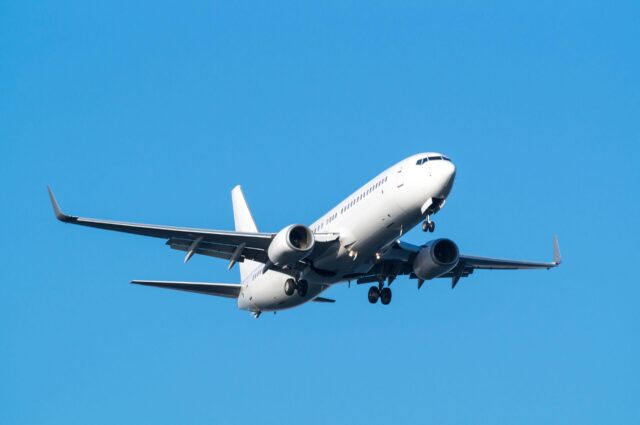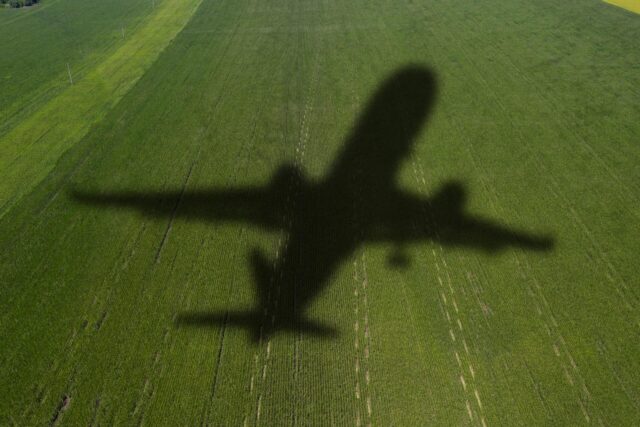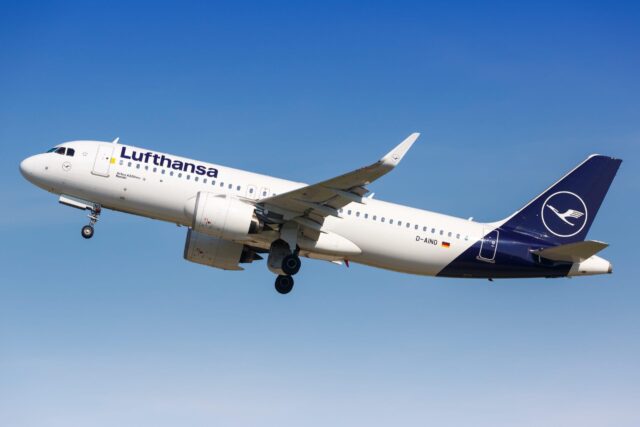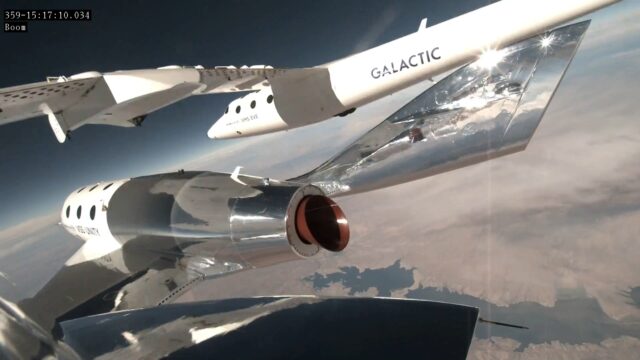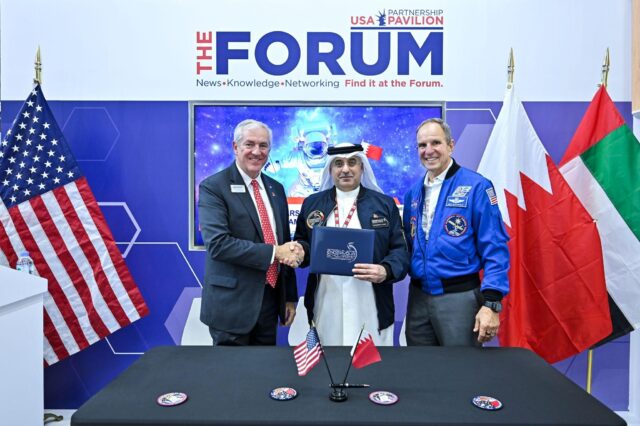Boeing’s new unmanned tanker
Boeing unveiled an enlarged land-based version of its uncrewed carrierborne MQ-25 tanker design on September 16 at the Air & Space Forces Association’s Air Space & Cyber Conference. The MQ-25…
September 20, 2024

Boeing unveiled an enlarged land-based version of its uncrewed carrierborne MQ-25 tanker design on September 16 at the Air & Space Forces Association’s Air Space & Cyber Conference. The MQ-25 Land Based Variant (LBV) is, at the moment, an internal company effort, and is not formally part of ongoing work on the USAF’s Next-Generation Aerial Refuelling System (NGAS) analysis of alternatives. The NGAS is, however, believed to be looking at a system-of-systems approach, perhaps using smaller, autonomous unmanned tanker for operating ‘further forward’ in more contested environments, not least for refuelling uncrewed Collaborative Combat Aircraft (CCA).
The MQ-25 LBV’s CONOPS (concept of operations) is based on using the aircraft in those highest-threat areas where traditional large, airliner-based tankers, can not operate. The MQ-25 can refuel from a KC-46 and then enter a higher-threat area to refuel tactical receivers, manned or unmanned.
This would be of particular value in the Indo-Pacific, where China’s evolving A2AD capabilities are progressively ‘pushing back’ the ability of tankers and other high value assets to operate anywhere close to the enemy.
The LBV would retain the same core fuselage, mission systems and Rolls Royce AE 3007N engine of the US Navy’s MQ-25, but this would be married to new, extended span wings. Boeing reportedly analysed six new wing configurations, across refuelling and other mission sets, undertaking thousands of hours of modelling and simulation.
Working with the Air Force Boeing selected a 20% longer, non-folding 92 ft span wing, providing 40% more fuel volume. It also features additional underwing hardpoints for weapons, jamming pods, external fuel or buddy refuelling pods.
The LBV does not incorporate a refuelling boom (though it might benefit from ongoing work by Dynetics and Legionnaire under the AFRL Small Hybrid Aerial Refueling Kit (SHARK) programme). Initially, though it would use the hose-and-drogue method, achieved with underwing ‘buddy’ pods. This would limit it to refuelling only probe-equipped receivers.
Though intended as a tanker, the LBV could also operate in the attack, intelligence, surveillance and reconnaissance (ISR), airborne early warning and electronic warfare roles.






